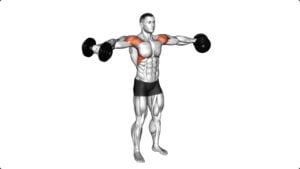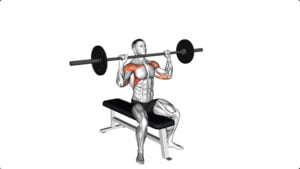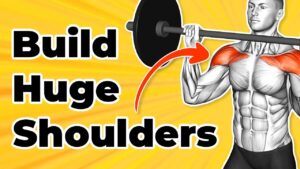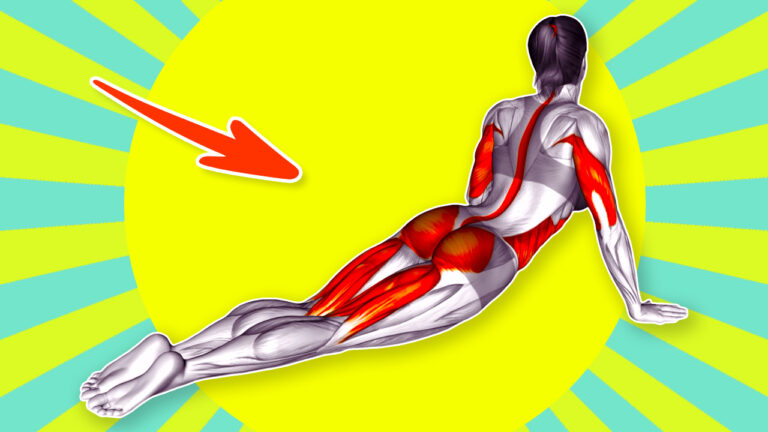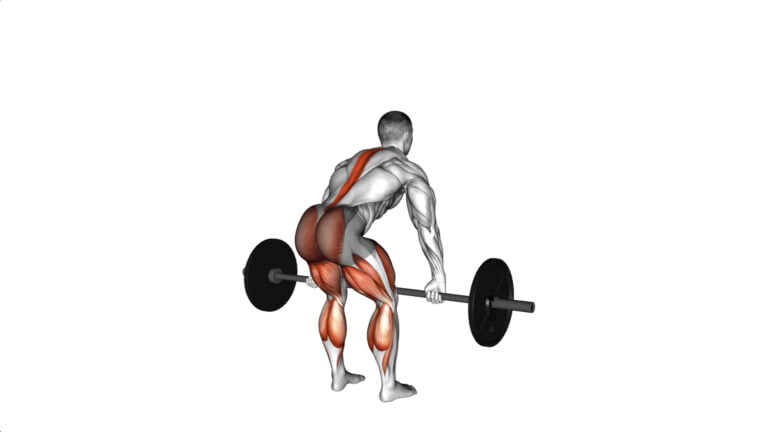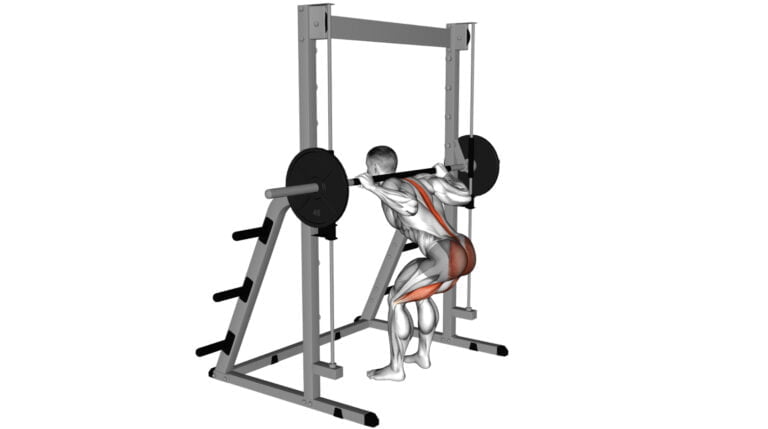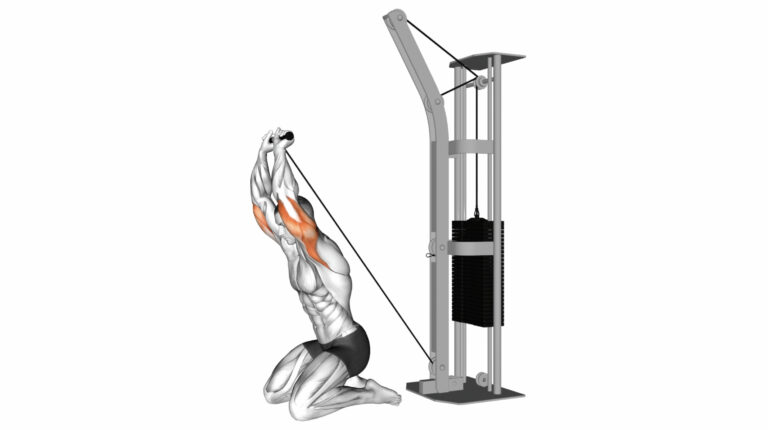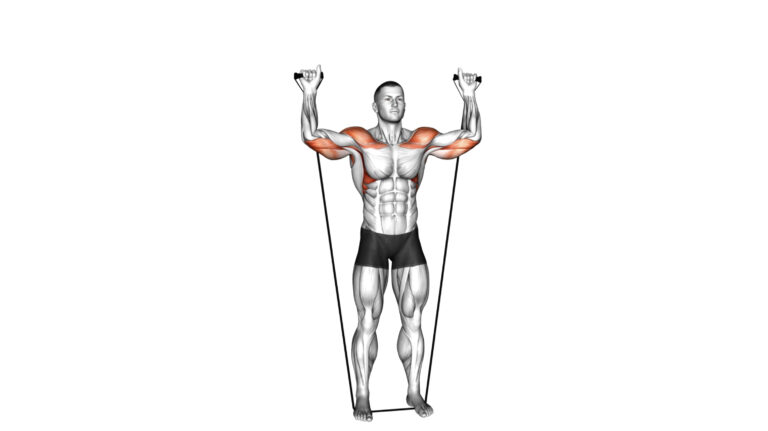5 Best Exercises For Mid Delts With Cables – Sculpt Those Shoulders!
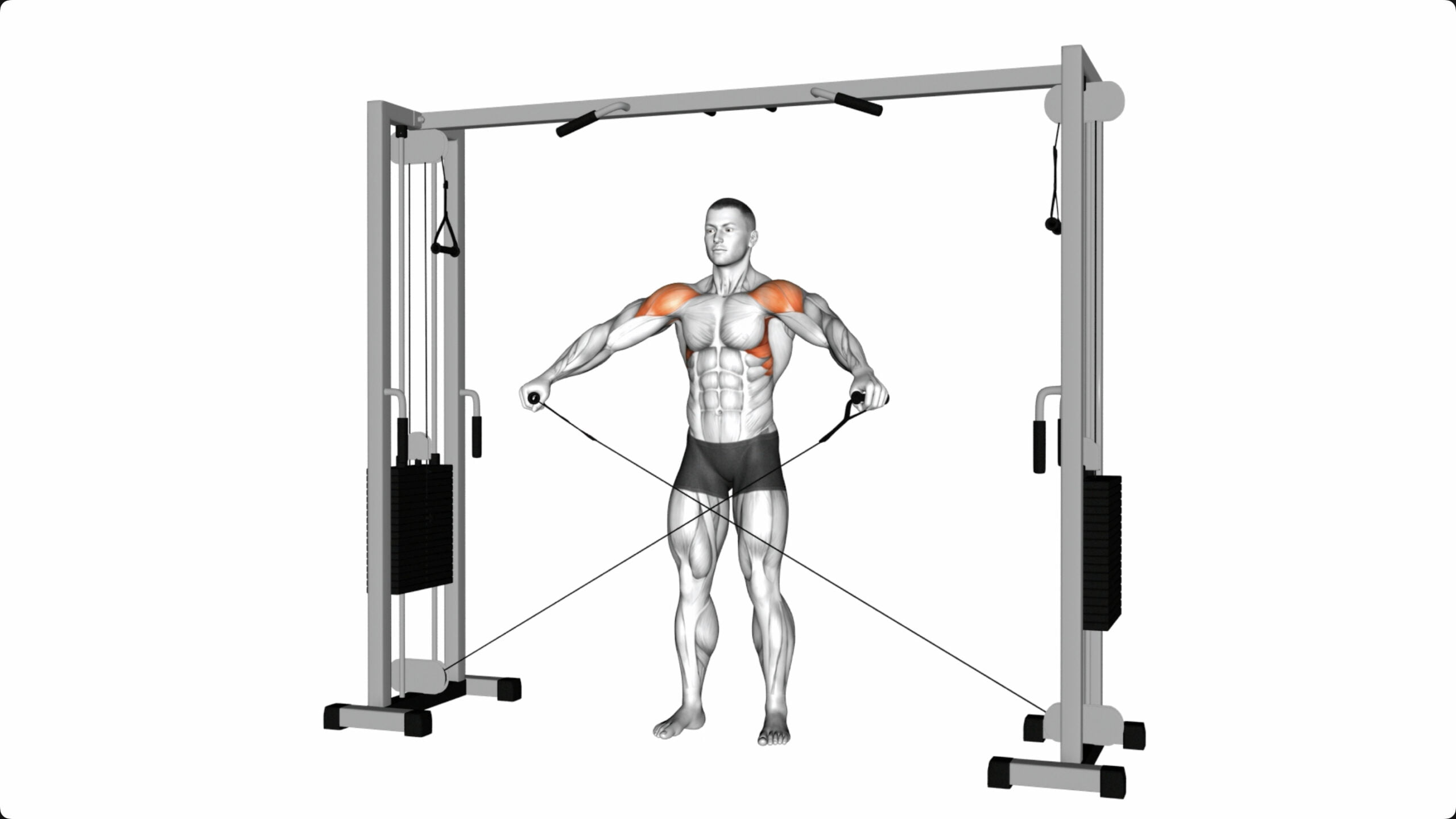
Building shoulder muscles that pop can be a perplexing challenge, but with the right approach and exercises, it’s well within reach. As someone who has navigated the intricacies of muscle hypertrophy through years of personal training experience, I understand the pivotal role mid delt development plays in sculpting an impressive upper body silhouette.
The workouts you’re about to discover leverage my expertise to target those crucial fibers effectively.
Mid delts aren’t just for show; they’re key players in lifting your arms and giving you that broad-shouldered look. What truly sets this blog apart is its focus on cable-based exercises—proven for their ability to ensure continuous muscle tension throughout each movement.
And here’s a compelling reason to keep reading: research shows using cables can activate your shoulder muscles up to 30% more than free weights! Ready for targeted gains? Let’s dive into these transformative workouts.
Key Takeaways
- Cable lateral raises effectively engage and isolate the mid delts, which are essential for enhancing shoulder width and strength. Performing 3-4 sets of 8-12 reps can help build these important muscles.
- Including a variety of exercises like cable leaning lateral raises, one-arm lateral raises, shoulder presses, and upright rows allows you to target the mid delts from multiple angles for balanced development.
- Gradual increases in weight or resistance during cable exercises ensure progressive overload, stimulating muscle growth without compromising form or risking injury.
- Rest days are crucial in any workout routine as they allow muscles to recover and grow stronger after being challenged by exercises targeting the mid delts with cables.
- Maintaining proper form is key when performing cable exercises; it helps maximize muscle engagement and prevents unnecessary strain that could lead to injuries.
Anatomy & Function of Mid Delts

The mid delts, also known as the middle deltoids, are one of three muscle groups that make up the shoulder. These muscles are responsible for abduction, or raising the arms away from the body, and play a crucial role in overhead movements and stabilizing the shoulder joint during exercises like bench presses and compound movements.
Understanding the anatomy and function of these muscles is essential for effectively targeting and strengthening them with cable exercises.
Deltoid muscles
Deltoid muscles are the key players in giving your shoulders a broad, powerful look. These muscles cap the top of your upper arms and are crucial for any movement that involves lifting your arms away from your body—like when you perform a lateral raise or press weight overhead.
They consist of three distinct sets of fibers: anterior (front), lateral (middle), and posterior (rear) deltoids, each responsible for different movements such as flexion, rotation, and abduction of the shoulder joint.
Building strong deltoids not only enhances aesthetics but also contributes to better posture and reduces the risk of shoulder injuries. With their ability to move in multiple planes, targeting these muscles requires exercises that hit all angles.
Focusing on mid delts with cables ensures constant tension throughout each movement, leading to impressive muscle growth and strength gains over time. Let’s take a closer look at how specific cable exercises can maximize your mid delt development next.
Rotator cuff muscles
Rotator cuff muscles play a crucial role in shoulder movement and stability. These four muscles—supraspinatus, infraspinatus, subscapularis, and teres minor—work together to allow for motions such as external rotation, internal rotation, and abducting the arm away from your body.
They wrap around the head of the humerus and attach to the scapula, helping keep your arm bone seated securely in its socket while you perform various activities.
Strengthening these supportive muscles is essential not only for improving performance but also for reducing the risk of injury. Properly conditioned rotator cuffs ensure that you can engage in more complex movements with confidence during your workout routine or sports activities.
Next up, let’s delve into how cable exercises can offer fantastic benefits for targeting and building strength in your mid delts.
Trapezius
The trapezius muscle plays a crucial role in shoulder movement and upper body strength. It stretches from the back of your neck down to the middle of your spine, spanning out across the shoulders.
This large muscle assists not just with shoulder blade movements but also supports arm and neck mobility.
Working on your trapezius can improve posture and reduce the risk of injury during workouts involving the shoulders, like cable upright rows and shrugs. Strong traps are essential for lifting movements above the head or pulling motions, providing stability to engage effectively in exercises targeting mid delts with cables.
They act as a synergist to many shoulder exercises, helping you execute movements smoothly while defending against strain or sprain that could sideline your training progress.
Benefits of Cable Exercises for Mid Delts

Cable exercises are highly versatile and allow for constant and consistent loading of the mid delts from multiple angles, providing a great way to isolate and target this specific muscle group.
This makes cable exercises an effective choice for building strength and size in the mid delts.
Versatility
Cable exercises offer versatility, allowing you to target the mid delts from different angles and planes of movement. With a range of attachments and adjustable pulleys available at most gyms, you can easily modify your grip, position, and range of motion to mix up your workouts.
This versatility enables you to engage the mid delts in various ways, promoting muscle growth and balanced development while reducing the risk of overuse injuries.
Additionally, cable exercises provide options for progressive overload by adjusting resistance levels through weight stacks or using resistance bands. By incorporating different grips and varying attachment positions, you can customize your workout to suit your preferences while continually challenging your mid delts with new stimuli.
Constant and consistent loading
To build well-defined mid delts, it’s crucial to prioritize constant and consistent loading. This means applying a steady weight or resistance when performing cable exercises for the mid delts.
By maintaining a continuous level of tension throughout each repetition, you can effectively target and stimulate the muscles in this area. Constant and consistent loading also helps in achieving optimal muscle activation and growth, making your mid delt exercises more efficient.
By focusing on maintaining steady resistance levels during cable workouts for your mid delts, you can maximize the effectiveness of each movement. This approach encourages controlled muscle engagement and promotes better overall strength development in this specific area of the shoulders.
Multiple angles
To effectively target the mid delts, it’s essential to incorporate exercises that work from multiple angles. Varying the angle at which you perform cable exercises helps ensure comprehensive development of the lateral deltoid muscles and prevents overuse of a single motion pattern.
By incorporating lateral raises with cables at different angles, such as standard lateral raises, leaning or bent-over lateral raises, and one-arm lateral raises, you can engage the mid delts in diverse ways for balanced growth and strength.
Additionally, changing up the angles during cable shoulder presses and upright rows provides a well-rounded approach to targeting the mid delts from different positions. This versatile approach not only helps in building aesthetic symmetry but also supports functional shoulder stability and mobility by training the muscles through their full range of motion.
Isolation
Isolation exercises specifically target the mid delts, allowing for focused and intense engagement of these muscles. By utilizing cable equipment, you can effectively isolate the mid delts without relying on other muscle groups to assist in the movement.
This targeted approach ensures that the mid delts are thoroughly engaged and challenged, leading to greater development and strength.
Engaging in isolation exercises with cables provides a unique advantage by offering constant tension throughout the entire range of motion. The consistent loading allows for maximal activation of the mid delts, promoting optimal muscle growth and definition.
Next, let’s explore how these cable exercises provide an effective means of isolating and strengthening the mid deltoid muscles.
5 Best Exercises For Mid Delts With Cables
The following cable exercises are highly effective for targeting the mid delts and promoting muscle growth and strength. Incorporating these exercises into your workout routine can help you achieve well-rounded shoulder development and improved upper body strength.
1. Cable Lateral Raise
To perform a cable lateral raise, stand with your feet shoulder-width apart and grasp the handle of the cable machine with one hand. Keep your elbow slightly bent and lift the handle directly to the side, leading with your elbow.
Make sure to keep your core engaged and avoid using momentum or swinging during the movement. Slowly lower the handle back down under control, feeling the resistance throughout.
Engage your mid deltoids by keeping your shoulder blades retracted and focusing on lifting with your lateral deltoid muscle. This exercise targets the lateral head of your deltoid muscles, helping to create width in your shoulders and improving overall upper body strength.
2. Cable Leaning Lateral Raise
Continuing to target the mid delts with cables, the cable leaning lateral raise is an effective exercise for adding width and strength to your shoulders. Begin by attaching a D-handle to a low-pulley cable machine and standing perpendicular to it.
With a slight lean in the opposite direction, grasp the handle with your outer hand and using controlled motion, lift your arm up to shoulder level while keeping a slight bend in your elbow.
Then slowly lower the handle back down under control. This movement helps isolate the side deltoids and provides constant tension throughout the range of motion.
3. Cable One Arm Lateral Raise
To perform the cable one arm lateral raise, stand facing a cable machine with your feet shoulder-width apart. Grasp the handle with one hand and keep a slight bend in your elbow. While keeping your core engaged and standing tall, slowly lift the handle out to the side until your arm is parallel to the ground, ensuring that your elbow leads the movement.
Hold for a brief moment at the top of the movement and then lower the handle back down under control. This exercise targets the medial deltoid, helping to build rounded shoulder definition while improving overall shoulder stability and strength.
Aim to perform 3 sets of 8-12 repetitions on each arm, focusing on maintaining strict form throughout each set. Adjusting weight as needed will help challenge your muscles effectively.
4. Cable Shoulder Press
The cable shoulder press is a fantastic exercise for targeting the mid delts while also engaging the triceps and upper chest. To perform this move, stand facing away from the cable machine with your feet shoulder-width apart.
Grasp the handles at shoulder height, elbows bent and in line with your shoulders. Press the handles up overhead until your arms are fully extended but not locked out, then lower back down under control.
This exercise provides constant tension on the deltoids throughout the entire range of motion, helping to promote muscle growth and strength.
5. Cable Upright Row
The cable upright row is an effective exercise for targeting the mid delts. Stand with your feet shoulder-width apart, holding the cable attachment with an overhand grip. Keep your elbows higher than your forearms as you lift the attachment toward your chin, engaging your shoulder muscles to perform the movement.
This exercise helps to strengthen and develop the medial deltoids while also engaging other upper body muscles like the trapezius and biceps.
To execute this move correctly, ensure that you maintain a neutral spine and avoid using momentum to lift the weight. Focus on controlled movements and keep a slight bend in your elbows throughout the exercise.
Tips for Incorporating Cable Exercises into Your Workout Routine
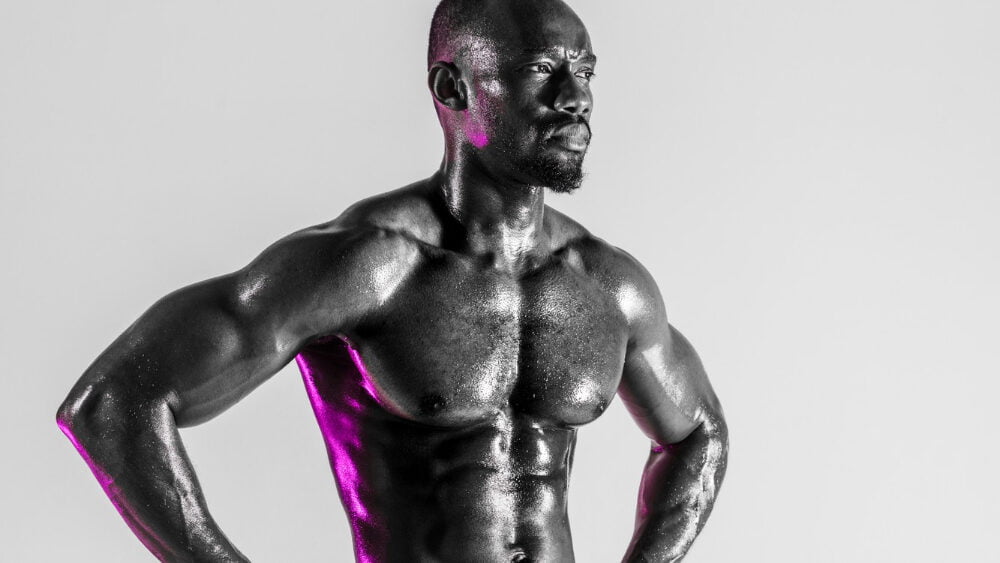
Ensure proper form and technique when performing cable exercises, focusing on controlled movements to target the mid delts effectively. Recommended sets and reps can help you gradually increase weight and resistance for progressive overload, while incorporating rest days is essential for muscle recovery.
Proper form and technique
Maintaining proper form and technique is crucial for maximizing the effectiveness of cable exercises for mid delts. Start with a stable stance, engage your core, and keep your shoulders relaxed to avoid unnecessary tension.
When performing cable lateral raises, focus on lifting the weights directly out to the sides while keeping a slight bend in the elbows to target the mid delts effectively. For cable shoulder presses, maintain a controlled movement throughout, avoiding locking out your elbows at the top of the motion.
Additionally, ensure that you are using an appropriate weight that allows you to perform each exercise with proper form without compromising on technique.
To incorporate these tips into your workout routine seamlessly and avoid injury risk, it’s important to focus on mastering these key elements of form and technique for optimal results before progressing onto higher resistance levels or more complex variations.
Recommended Sets And Reps
Integrating cable exercises into your workout plan demands attentiveness to detail, particularly when it comes to the number of sets and repetitions. This precision ensures that you target your mid deltoids effectively without overtraining. Below is an HTML table that outlines the recommended sets and reps for each cable exercise designed to enhance your mid deltoids:
| Exercise | Sets | Reps | Notes |
|---|---|---|---|
| Cable Lateral Raise | 3-4 | 10-12 | Focus on a full range of motion; avoid using momentum. |
| Cable Leaning Lateral Raise | 3-4 | 10-12 | Lean slightly to ensure isolation of the mid delts. |
| Cable One Arm Lateral Raise | 3-4 | 10-12 | Keep your core engaged to maintain balance. |
| Cable Shoulder Press | 3-4 | 8-10 | Press with control; avoid locking out the elbows at the top. |
| Cable Upright Row | 3-4 | 10-12 | Pull the cable straight up while keeping it close to your body. |
Executing these exercises with the suggested sets and reps ensures a balanced challenge for your mid delts. Aim for quality over quantity, selecting a weight that allows you to perform each rep with impeccable form. Encourage gradual progression by adding resistance or reps only when you can maintain proper technique. Incorporate these exercises consistently to achieve and visualize the strong, defined shoulders you aspire to develop.
Gradually increasing weight and resistance
Gradually increasing weight and resistance in your cable exercises is crucial for continual muscle growth and strength development. By incrementally adding more weight or resistance over time, you challenge your mid delts to adapt and grow stronger.
This progressive overload stimulates muscle fibers, leading to increased size and definition in your delts.
As you gradually increase the weight or resistance, ensure proper form and control are maintained to prevent injury and maximize effectiveness. Incorporating this gradual progression into your cable exercise routine will lead to noticeable improvements in shoulder strength and aesthetics over time.
Including rest days for muscle recovery
Gradually increasing weight and resistance is crucial for progress, but allowing your muscles time to recover is equally important. Incorporating rest days ensures adequate healing and growth of the mid deltoids.
Rest also helps prevent overuse injuries or strain from repetitive movements.
Balancing exercise with rest allows for optimal performance in subsequent workouts, promoting overall strength gains and preventing burnout. Remember to schedule enough downtime between cable exercises to support muscle recovery, which can vary based on individual fitness levels and workout intensity.
Conclusion

In conclusion, mastering the 5 best exercises for mid delts with cables will enhance your shoulder strength and definition. By incorporating these exercises into your routine, you can precisely target the mid delts, ensuring balanced and symmetrical development.
Have you tried these cable exercises? Can you imagine how they can level up your shoulder workout? The impact of focused mid delt training goes beyond aesthetics; it improves overall shoulder stability and functionality.
Take a step towards achieving well-defined mid delts by embracing these effective cable exercises today!
FAQs
1. What are the best exercises for mid delts using cables?
The best exercises for mid delts with cables include the cable rear delt fly, side lateral raise, and standing straight-arm pulldowns targeting your posterior deltoids.
2. How do cable exercises benefit my shoulder muscles?
Cable exercises offer constant tension during strength training which helps to target your anterior, posterior, and medial deltoids more effectively for balanced shoulder development.
3. Can I strengthen my entire shoulder with just cable workouts?
Yes! Cable workouts can engage your front delts, side delts, and rear delts along with other muscles like lats and pecs through a variety of movements including pressing up and pulling down.
4. Are there any compound exercises that work the mid delts using cables?
Compound exercises like the standing military press or lat pull-down involve multiple joints and muscle groups including the teres major and rear deltoids while also engaging core stability.
5. Do I need to use heavy weights on cable machines for my shoulders?
Not necessarily; focusing on proper form by adducting (bringing closer) to activate medial rotation at lower weights can prevent shoulder injury while still building strong shoulders.
6. What’s an important tip for using cables in shoulder workouts?
Always ensure you have controlled movement throughout each exercise; avoiding fast jerky motions maintains tension on your glenohumeral joint safely working those hard-to-reach posterior deltoid areas.

Author
Years ago, the spark of my life’s passion ignited in my mind the moment I stepped into the local gym for the first time. The inaugural bead of perspiration, the initial endeavor, the very first surge of endorphins, and a sense of pride that washed over me post-workout marked the beginning of my deep-seated interest in strength sports, fitness, and sports nutrition. This very curiosity blossomed rapidly into a profound fascination, propelling me to earn a Master’s degree in Physical Education from the Academy of Physical Education in Krakow, followed by a Sports Manager diploma from the Jagiellonian University. My journey of growth led me to gain more specialized qualifications, such as being a certified personal trainer with a focus on sports dietetics, a lifeguard, and an instructor for wellness and corrective gymnastics. Theoretical knowledge paired seamlessly with practical experience, reinforcing my belief that the transformation of individuals under my guidance was also a reflection of my personal growth. This belief holds true even today. Each day, I strive to push the boundaries and explore new realms. These realms gently elevate me to greater heights. The unique combination of passion for my field and the continuous quest for growth fuels my drive to break new ground.





